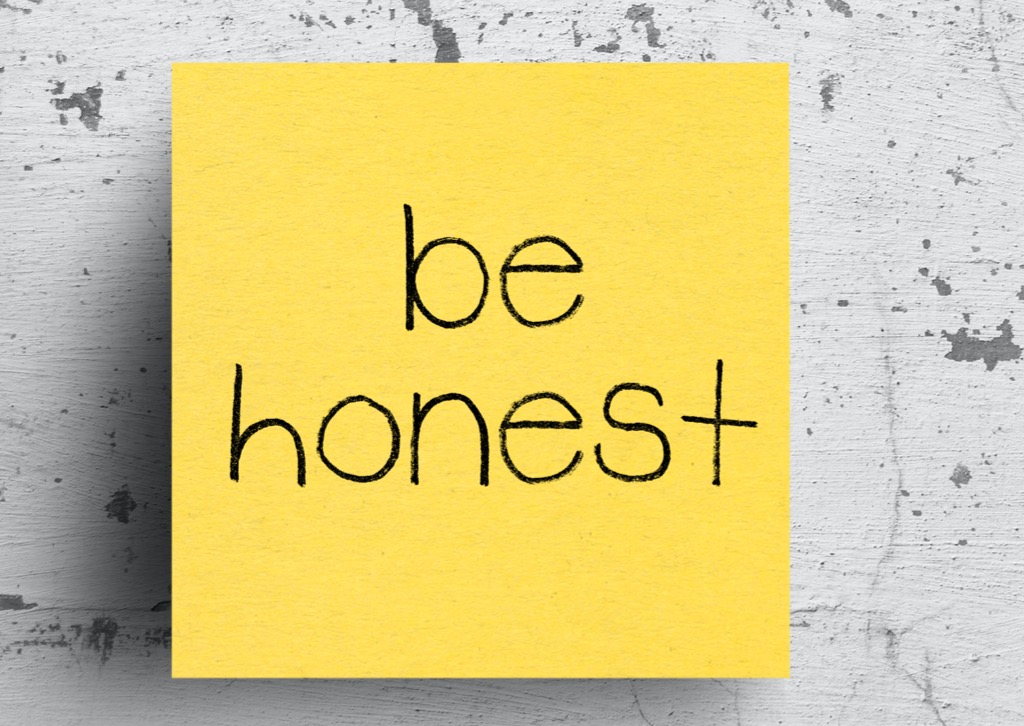
A Guest Blog Post: Jim Konecny
Advertising surrounds us every day. It takes just a quick glance at a cell phone to see a small sample. Then there’s television, radio, billboards, print ads, direct mail, grocery store floors, gas station pumps, bathroom stalls, staircases, sewers, video games—even human body parts!
What’s perhaps even more concerning? We’re not buying it.
Market research expert Jake Gammon, who works for YouGov, an international research data and analytics group, reported 50 percent of Americans don’t trust what they see, read and hear in advertisements; 44 percent think advertisements are dishonest; and further, 58 percent believe there should be stronger requirements for claims in advertising.
Yet the amount spent on pushing products, services, brands and more, continues to rise. According to Statista, it is estimated a whopping $263 billion will be spent on advertising by the end of 2020. That number is only expected to climb every year. By way of the aforementioned statistics, that’s roughly $131.5 billion essentially squandered.
Moving Forward
So how do we enhance our message? How do we build confidence in consumers? How can we improve our image and get back to facts and accuracy, which improves value and loyalty to a brand?
Simply put, there must be proof for anything claimed in an ad. If a guarantee is made, it needs to be backed up. Evidence is needed. Facts are required.
The phrase, “lying by omission is still lying,” has some parallels to advertising. While some of the information might be true, other information can’t be left off, which might counter those claims. Yet again, morality comes back as another keyword in all of this.
It goes back to the basics, but reviewing an advertisement is essential. Multiple sets of eyes, and those with different perspectives, are encouraged to view the material(s) with an eagle eye—and even at different times of the day or week. Those closest to the message, while having completely good intentions, might not see the flaws.
Serving as a Guide
Advertising is regulated by the Federal Trade Commission (FTC), and rules are established, commonly known as “Truth in Advertising” laws. It’s up to those creating the messages to become educated. If not, everything from a tainted image, to legal ramifications costing millions, could result.
In recent years some very big companies were met with lawsuits due to false advertising. In creating honest, well-researched, accurate advertising, a brand can be enhanced in so many ways. It can build a strong reputation, connect better with customers, and ultimately, get to the “why” of a business and the differentiation from that of the competition.
The FTC offers a wide-ranging list of FAQ’s to assist small businesses when creating different types of advertising. Get informed:
When in doubt, remember Mark Twain’s advice: “The difference between the almost right word and the right word is the difference between the lightning bug and the lightning.”
Striking words.
Jim Konecny is Marketing and Communications Manager for Savage and Associates. Jim is a seasoned professional with experience in management, communications, marketing, public relations, media relations, and more. Visit the Savage and Associates website.

